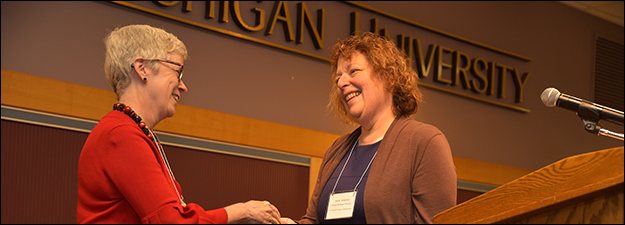Dwelling in the Anglo-Saxon Landscape III: Materiality and Image
Sponsoring Organization(s)
Dept. of Archaeology, Durham Univ.
Organizer Name
Sarah J. Semple
Organizer Affiliation
Durham Univ.
Presider Name
David Petts
Presider Affiliation
Durham Univ.
Paper Title 1
Hidden Gems: Boxes and Their Contents in Seventh-Century Anglo-Saxon England
Presenter 1 Name
Katie Haworth
Presenter 1 Affiliation
Durham Univ.
Paper Title 2
Undressing the Body: Nakedness in Anglo-Saxon Visual Culture (Fifth to Seventh Centuries)
Presenter 2 Name
Tristan Lake
Presenter 2 Affiliation
Durham Univ.
Paper Title 3
The Image of the Past: Reassembling Identities through Roman Objects in Early Anglo-Saxon Society
Presenter 3 Name
Indra Werthmann
Presenter 3 Affiliation
Durham Univ.
Start Date
13-5-2017 3:30 PM
Session Location
Schneider 1330
Description
In recent years, landscape studies have proved prominent in Anglo-Saxon archaeology. This session brings together new research on the visual and portable material culture of Anglo-Saxon communities. During the 4th to 11th centuries, technological changes and advances are apparent, as well as new artistic and visual repertoires. Moving away from traditional stylistic and typological approaches, this session bring together papers that explore the aesthetics and preferences of early medieval populations, touching on aspects such as the reuse and recycling of artefacts, the creation of new visual material culture, the power of imagery, burial assemblages and everyday objects.
Sarah J. Semple
Dwelling in the Anglo-Saxon Landscape III: Materiality and Image
Schneider 1330
In recent years, landscape studies have proved prominent in Anglo-Saxon archaeology. This session brings together new research on the visual and portable material culture of Anglo-Saxon communities. During the 4th to 11th centuries, technological changes and advances are apparent, as well as new artistic and visual repertoires. Moving away from traditional stylistic and typological approaches, this session bring together papers that explore the aesthetics and preferences of early medieval populations, touching on aspects such as the reuse and recycling of artefacts, the creation of new visual material culture, the power of imagery, burial assemblages and everyday objects.
Sarah J. Semple

